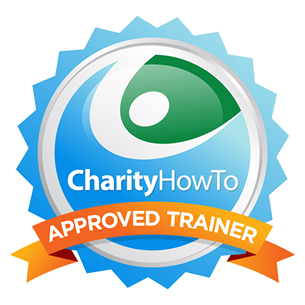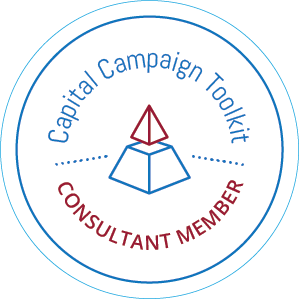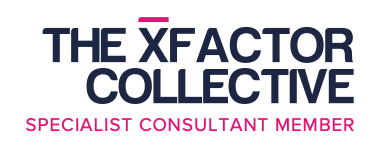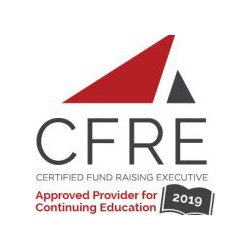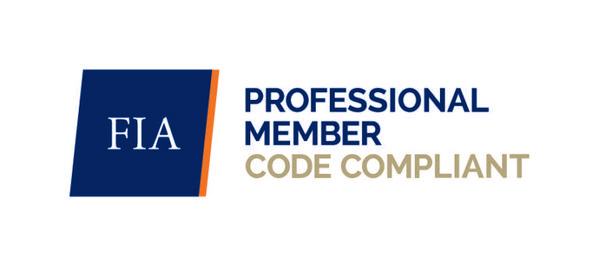Each year, approximately 10% of your non-profit donor base will attrition naturally through death, moving, or just not giving any longer. Then you add lapsed donors on top of that natural attrition, and you are looking at an eroding donor list. Sound familiar?
Well, in previous blog posts, I examined how to begin attracting new donors to your organization and how to re-engage lapsed donors.
In this article, I tackle the ever important question of “How to find new donors for your nonprofit?”
Here are some simple steps that you can take to combat this natural attrition and to begin adding new names to your donor list. These are the actual suggestions that I use with my very own clients.
1.) Conduct a fun exercise with your Board members such as a “Treasure Map” activity to help them to think of all those who they come into contact with in their networks i.e. people who they attend church with, volunteer on other Boards of Directors, friends, etc.

2.) Host a gathering or tour and have Board and staff bring those prospective donors to this event. This event should have a program that shares information about the organization and its mission, services, ways to get involved, and most importantly, a testimonial. Don’t forget to conduct follow-up with all those who attend these events to find out what they thought about the event and to determine further interest for engagement.
3.) Use social media as a way to find new donors. Consider having a presence on Facebook, LinkedIn, Twitter, etc. Don’t overwhelm yourself with having to manage and pay attention to too many networks at a time. Instead, be strategic, profile your ideal donor and then determine what networks that you are most likely to find them. Keep up to date on your competitor’s website and how they are managing their social media presence. Then promote, promote, promote and have your Board and staff act as “Social Media Ambassadors” sharing the page with friends, family, and other interested individuals. Keep content fresh, consider automating content with an automating app, and don’t forget to comment and interact with others. Keep content 80% of interest and 20% promotional.
4.) Take a look at similar organization’s annual reports, websites, and newsletters and compile a list of who is giving to them. Compile a prospective list of donors. Ask Board and staff if they happen to know anyone on these lists. If so, begin to cultivate them.
5.) Get the local voter or street records list, sometimes referred to as “Grand” lists and review this list with Board and staff based on property assessment, location, or other criteria that meet your ideal donor profile. From there pull together a prospective donor list and cultivate!
6.) Ask for referrals from your current donors. These donors already are giving to you and love you. So why not just ask them who else may they know who might be interested in becoming more involved in the organization.
7.) Be sure when you are doing outreach at events or speaking engagements to bring along a guest book so that interested attendees can sign up to receive more information. You have a captive, interested audience, so you want to be sure to get their names and contact information. Research them if possible, segment out those with greater interest and capacity for cultivation, and add all the other names to your mailing list.
8.) Identify new attendees to your organization’s fundraising events and create strategies that will take their transactional attendance to possible transformational engagement in your organization. One possible first step is to call those new attendees and find out what they thought about the event and if they see themselves getting more involved or interested in learning more.
9.) Capture interested website visitors with a website “pop-up” offering free information and resources. Send these folks a welcome and begin to send them relevant informational emails in cultivation. Ensure that your site is mobile-friendly as more and more folks are using their mobile devices to access content.
10.) And, of course, you can always rent and purchase mailing lists from a list broker.
So there you have ten steps that you can begin immediately taking to start to stem the tide of donor attrition by adding new names to your donor lists. These are the same steps that I use to help my clients build their donor lists. And, they work!
For a FREE half hour coaching session with me, email me now to schedule your complimentary time. Offer ends Friday, August 4.





 host of other reasons that are not necessarily about a measure of donor commitment or loyalty.
host of other reasons that are not necessarily about a measure of donor commitment or loyalty. r nonprofit organization and then share with you some next steps on how to prioritize that list.
r nonprofit organization and then share with you some next steps on how to prioritize that list. all of the numbers and come up with a formulaic cultivation quotient. The number of touches estimated for a particular donor’s rating score and ranking.
all of the numbers and come up with a formulaic cultivation quotient. The number of touches estimated for a particular donor’s rating score and ranking.
 I lamented that folks like myself with over 20 years of experience, certifications, and education were getting passed up for the lower paid, less experienced, “greener” young ones. And, there might be some thread of truth to that. I can’t be all wet behind the ears.
I lamented that folks like myself with over 20 years of experience, certifications, and education were getting passed up for the lower paid, less experienced, “greener” young ones. And, there might be some thread of truth to that. I can’t be all wet behind the ears.


